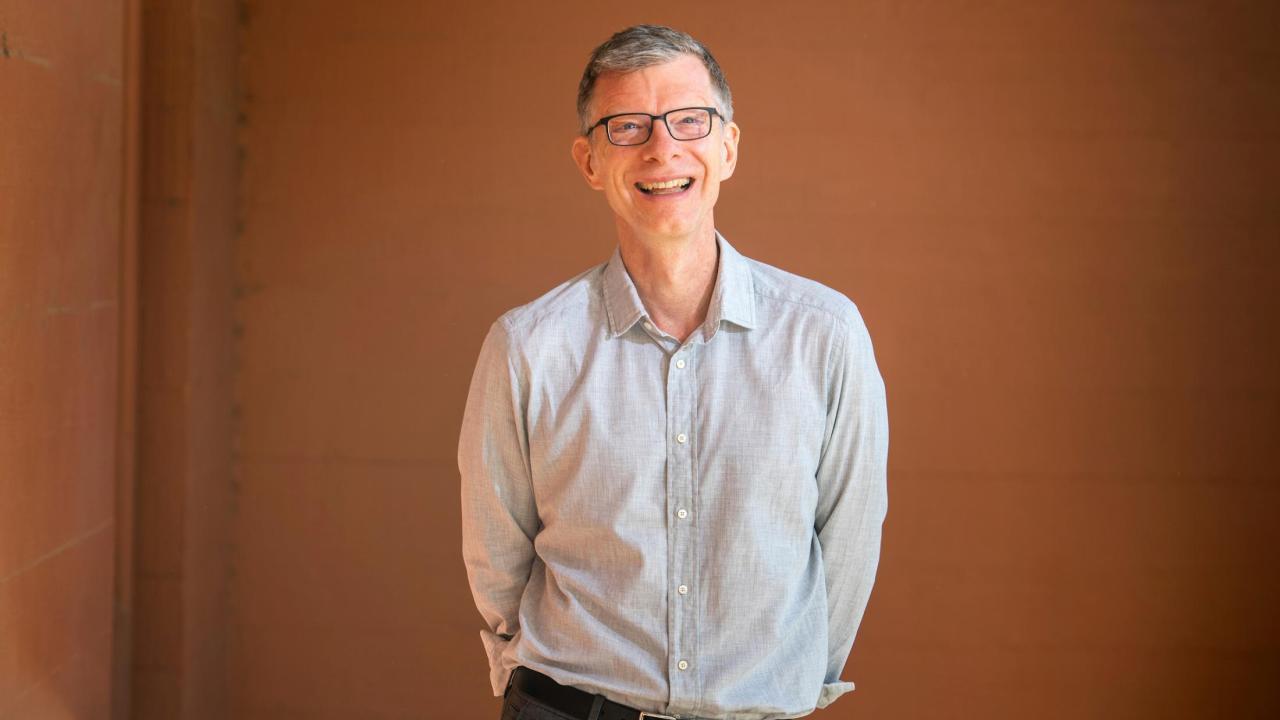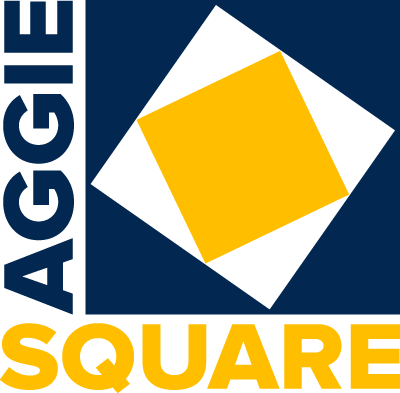
Building on Virtual Aggie Square
By John Marx
Sometime in the spring of 2020, School of Medicine Dean Allison Brashear started using the term “Virtual Aggie Square” to describe the teamwork between UC Davis faculty and staff involved in COVID-19 research. That pathbreaking, cross-causeway collaboration captured the spirit of Aggie Square, since one of the project’s fundamental goals is making it easier for all of us to work across the university’s disciplines, departments and schools.
Dean Brashear’s term struck a chord with me as I was meeting with groups of faculty to discuss how their research could take advantage of our new innovation campus in Sacramento. Our task was imagining what new research possibilities could emerge from colocating with industry partners and community-facing enterprises like the office of Public Scholarship and Engagement, all in proximity to the UC Davis Hospital and clinical research facilities.
Aggie Square will begin to take concrete form in 2021 when we break ground. In the coming months, we also expect to establish the first areas of faculty research for the lab buildings, finalize plans for student housing and further our collaboration with the city of Sacramento on a Community Benefits Agreement. I look forward to sharing more of these next steps down the road.
Even while we’re anticipating what will come next, however, it pays to take a look back at how the project has progressed virtually in 2020.
Because the Aggie Square team involves faculty and administrators from all over UC Davis, even before COVID it was sometimes easier for us to bring people together on a conference call than in a conference room. Working remotely during the pandemic has allowed us to loop in an ever larger circle of colleagues as our planning has delved into areas of research, teaching and community engagement.
Talking with faculty about research at Aggie Square
On the research front, I’ve logged hundreds of hours on Zoom hosting faculty discussions. These have been, effectively, a series of thought exercises focused on questions like, “What does relocation to Aggie Square make possible that would not be possible otherwise?” or “Given that Aggie Square space is likely to be organized less by departments or colleges than by research theme, what kind of research areas would it be advantageous for you to be near or next to?”
There is a diagram that we sometimes use in these meetings that depicts a given research theme or lab at the center of the chart and then identifies the various collaborators that can plug into it. Such partners might come from industry, the Sacramento community, other research facilities across UC Davis or clinical settings. To those thinking of their labs as islands of research, we hope this diagram reframes them at Aggie Square as more like meeting places or nodes in a network.
In the last month or so, these conversations among faculty have started to generate more intensive focus groups and the writing of framing documents. For example, with Aggie Square Director for Innovation and Entrepreneurship Jim Kovach, I have been co-hosting faculty sessions to zero in on prospective niches of neuroscientific research that make the most sense for Aggie Square. We expect to confer with administrative colleagues in the colleges and schools as well as the provost’s office in the coming month or two about moving forward.
Our new campus is public-facing
Talk about research at Aggie Square has become less hypothetical this fall as we’ve started to share design images. Planning Director Bob Segar, Chief of Staff Sonja Colbert and I have a constantly updated slide deck that has the latest on the project’s progress. We’ve presented this material to all manner of campus and off-campus groups, from faculty cohorts to advisory boards, administrative leadership, and community stakeholders. One of the most compelling images is the one I’m sharing here, which shows the cluster of Aggie Square buildings just south of the UC Davis Hospital along Stockton Boulevard.
With its research buildings in the north, Lifelong Learning Building and teaching center in the east, and housing in the west, all of the structures of Aggie Square open onto the tree-covered plaza that gives the innovation campus its name. Those blank boxes marked “Phase 2” represent future buildings that will likewise face the square.
This relationship to the square makes the point: all of the buildings in Aggie Square are public-facing in their way, although each has different facilities for use by different versions of the public. There will be industry labs in the science buildings and offices in the Lifelong Learning Building. There will be classrooms and makerspaces for students from all walks of life in the housing building and in the Lifelong Learning Building. There will be event and meeting spaces in those two buildings as well.
Makerspace
The makerspace we’ve been talking about with a small group from Biomedical Engineering, or BME, is a particularly exciting and maybe surprisingly public-facing component in the Aggie Square complex. This space has the potential to emphatically demonstrate how a shared core facility can accelerate research for just about everyone.
Steven Lucero, the development engineer behind the TEAM Laboratories on the Davis campus, is one of the drivers behind the Aggie Square makerspace as well. Like the TEAM facilities but on a larger scale, the makerspace we’re imagining at Aggie Square would offer possibilities for hands-on learning in engineering, biology, art and design. It would build upon existing relationships between BME, scientists at the medical school and surgeons in the hospital. It would be available for industry users too. If you think of all those discrete groups coming together, I hope you can see how this makerspace might begin to function as a kind of hi-tech water cooler. It can be the setting for casual but generative conversations around the 3D printer, as it were.
Admittedly, the business plan that Lucero is drawing up and that we’ve been reviewing may seem less inherently exciting than the very cool machines that will live in the makerspace. That said, figuring out the financing is crucial because it will allow the space to take on its fullest public role. The goal is not just sustainability but growth, since as the makerspace matures--adding new equipment and providing new areas of support--this facility could not only provide new opportunities for UC Davis students, faculty, and staff but also serve as a draw for new partners. This makerspace can be a connector and, equally, an attractor that brings new participants to Aggie Square.
One last (virtual) thing
One last example of what has happened virtually this year at Aggie Square bears mentioning, although here I should say that I was less a participant than a highly engaged viewer. At a special class session for this fall’s first Quarter at Aggie Square experience (on the topic of transformative justice), Sacramento artist David Garibaldi painted a portrait of rapper and songwriter Kendrick Lamar. Livestreamed over Zoom, this event showed what’s possible in remote instruction. Students participated in the chat while Garibaldi painted. A Q & A afterwards dug into the artist’s reflections on his life and his craft. This virtual class session produced an actual painting as well as precisely the kind of intense learning opportunity that Quarter at Aggie Square will engender when our innovation campus can be a physical host for its courses.
Aggie Square was virtual in 2020, but that doesn’t mean it wasn’t real. From the early success of Quarter at Aggie Square teaching to advances in research and planning that brought together faculty and staff from all over UC Davis, our new innovation campus took big steps forward in the past year. When we break ground in 2021, we’ll move still closer to the vision for Aggie Square as a platform that brings us together as a whole university — instead of two campuses divided by a floodplain — ready to engage with off-campus partners of all sorts.
